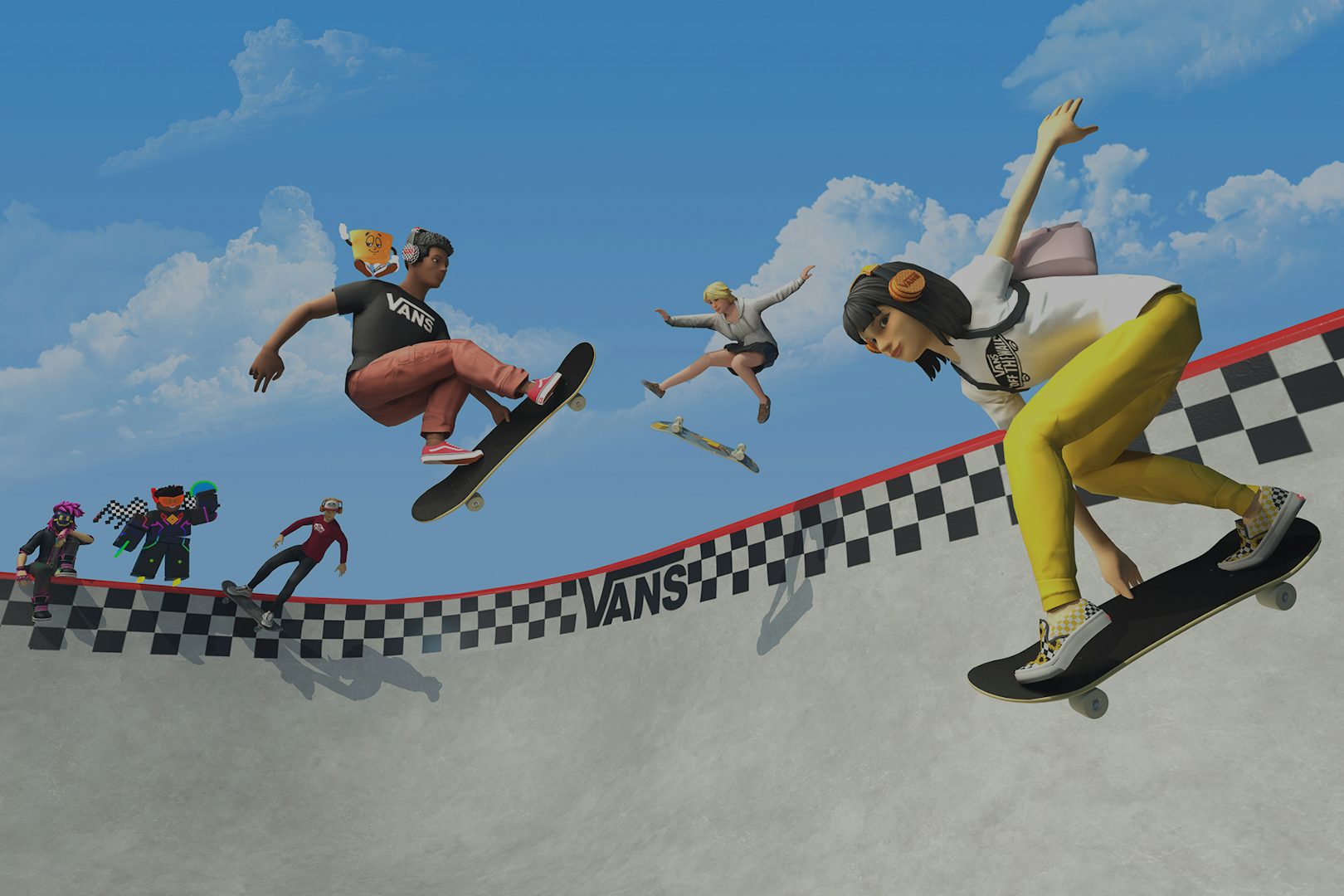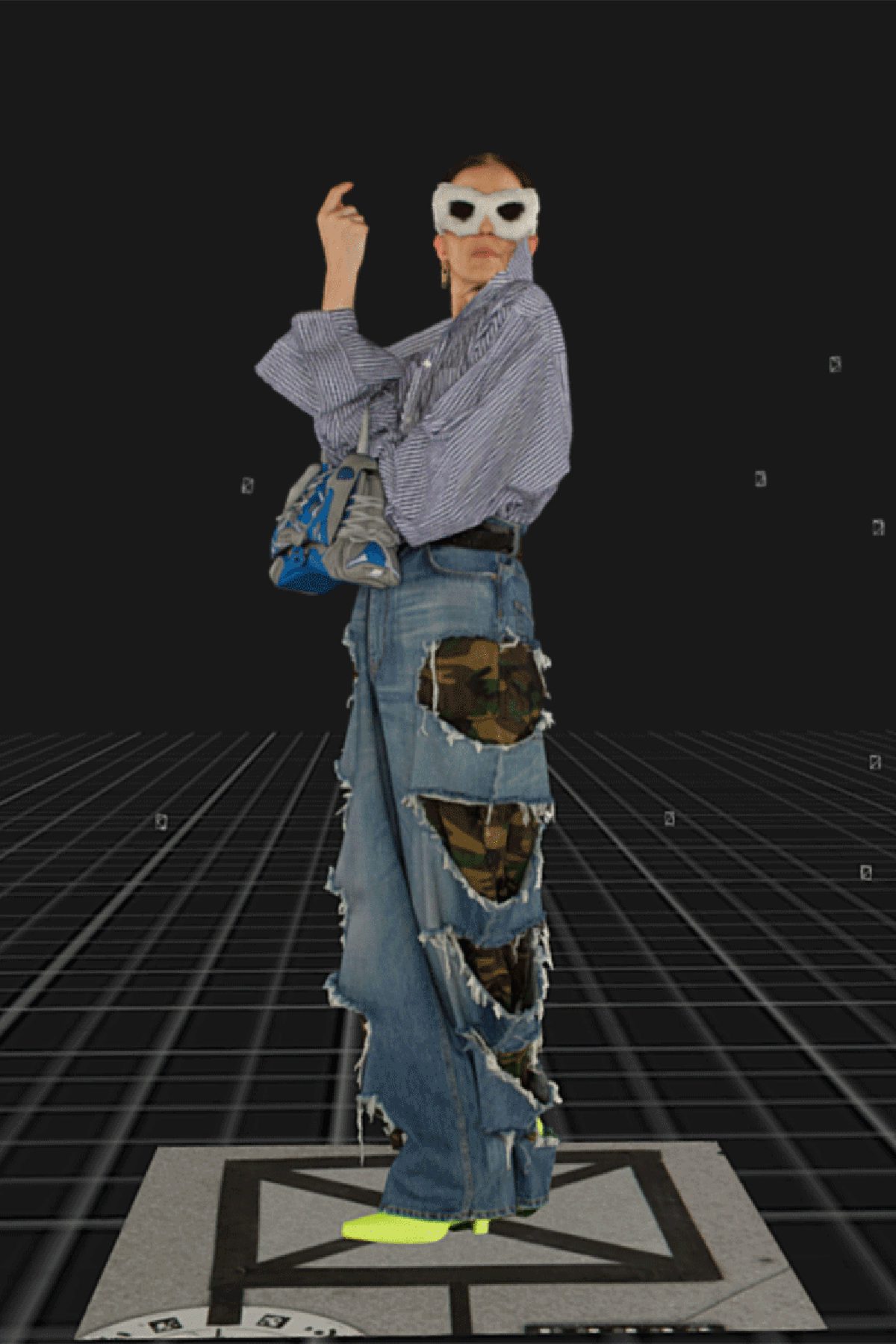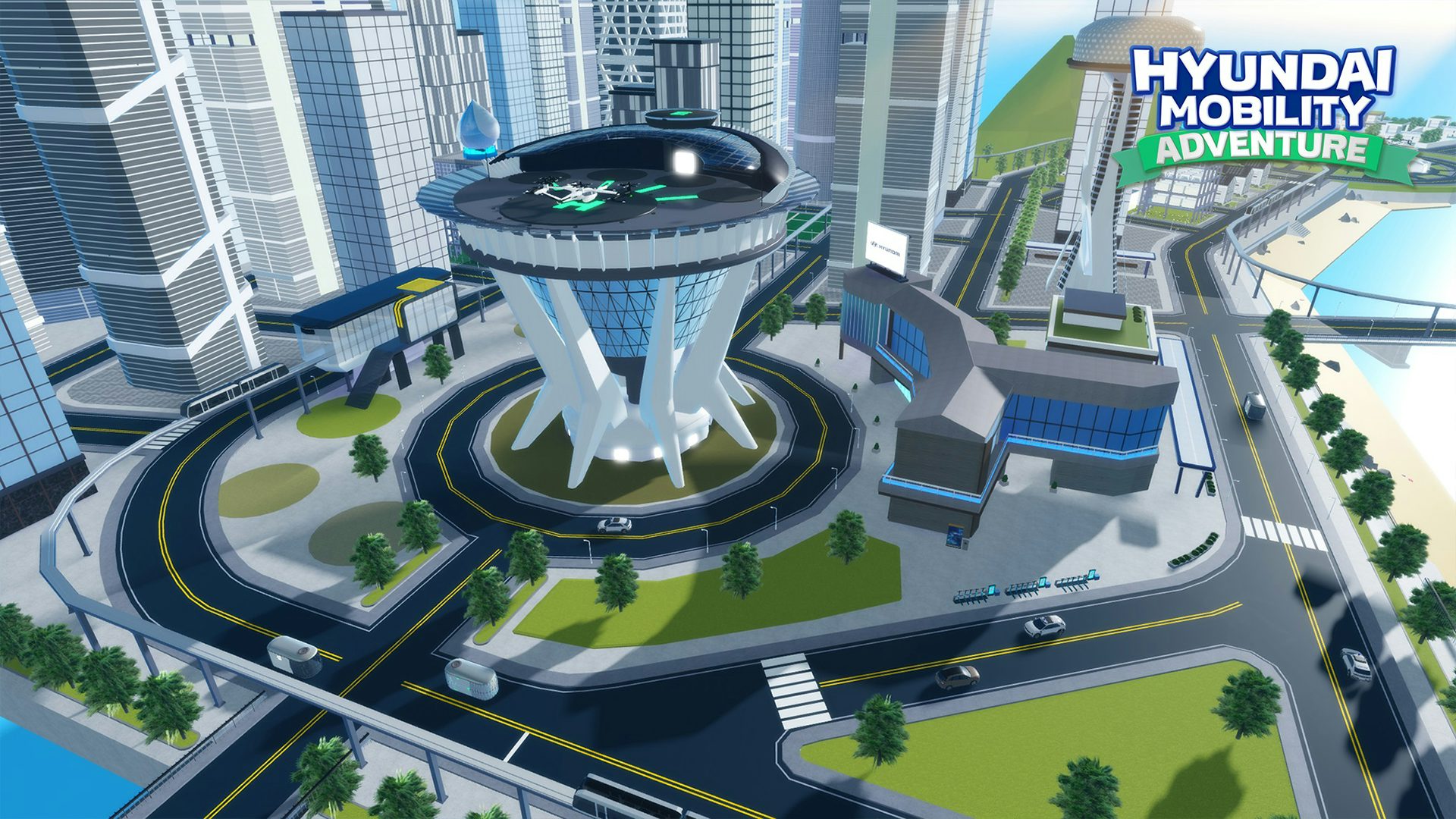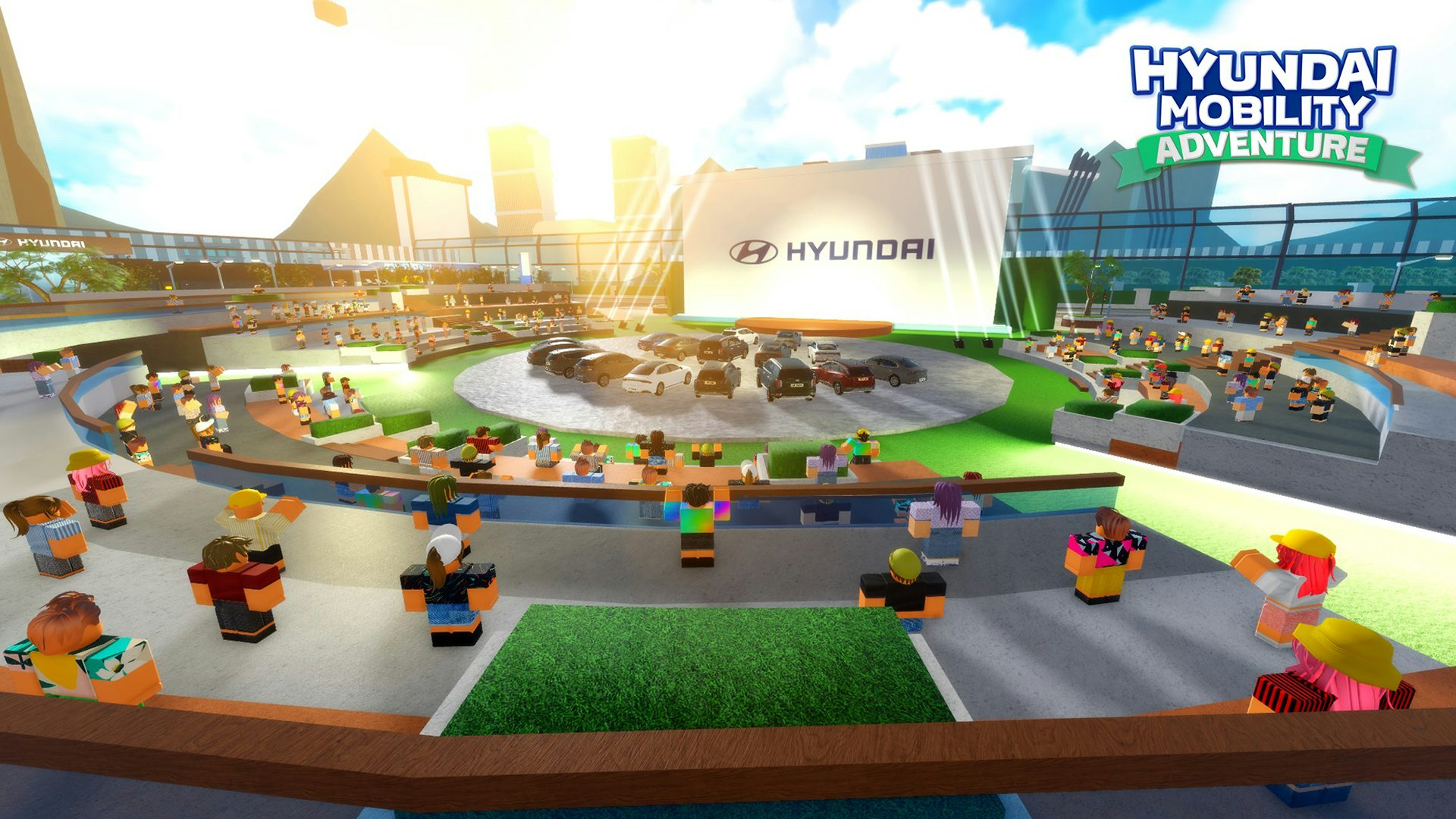Reality as we know it is changing. We’re living in a time when you can experience zero gravity without jetting into space, own a virtual possession that costs more than its physical form, and teleport into the office while remaining at home. The virtual world is no longer a game – it is seeping into our everyday lives. And now the dawn of a new digital era is propelling the world into the metaverse. It may be a huge adjustment for many, and some may reject the notion, but for Gen Alpha and Gen Z, the metaverse is the future.
Hanging out with friends in Roblox, spending pocket money on new virtual outfits, and creating bespoke digital assets – welcome to Gen A and Gen Z’s current daily happenings. Eleven-year-old Colin from California racks up roughly 15 hours of gameplay a week, when he will “both message and talk to friends in games”. A few of the titles he spends time in include Minecraft, Fortnite and Forza.
In a November 2021 article published in the New York Times, eight-year-old Anton spoke fondly about the life he created in Roblox: “You make your own rules. You can ride motorcycles, own a house, throw a party. You can get a job as an eight-year-old.” My seven-year-old niece Evie says she loves the building aspect of Minecraft and that her “imagination can go wild” in what she creates. My 10-year-old niece Sophie echoes the personalised and creative sentiment of being able to build in gaming worlds, noting the freedom it offers her: “I get to do my own thing instead of someone telling me what to do.”

Microsoft’s recent plans to acquire games company Activision Blizzard for $68.7 billion and Take-Two Interactive buying Zynga games for $12.7 billion show the market worth of gaming – as does the rapid growth in branded tie-ups in games. Balenciaga worked with Fortnite to release a collection of high-end digital fashion items in September 2021, and Puma will be unveiling a collaboration with Minecraft this year. Nike, Hyundai and Gucci have all collaborated with gaming companies to launch their own virtual worlds. After all, these destinations have become the new third spaces for youths as they choose to spend more time online. But these spaces are more than hangouts. “For Gen A and Gen Z, customisation and creation are an intricate part of their gaming experience,” says Keith Stuart, games correspondent at the Guardian. “For them, customisation and the play element is part of the same thing – self-expression and exploration.”
Digital natives have a unique relationship with technology that positions them as the creator generation. Having features that allow for customisation is key for branded virtual worlds to reach and retain the attention of the younger generation. Vans launched the Vans World skatepark as a Roblox experience, where gamers can show off skateboard tricks and customise their outfits and boards. Nike also created a world on Roblox, where creativity is “unlimited”, as the brand drives the key attributes that resonate with the younger generation: “Dream it. Make it. Play it.” Features in Nikeland include a toolkit that lets players design their own mini games, and different branded gear for outfitting avatars.
This relationship is dictating new terms for advertising and brand engagement in the metaverse. Advertising will need to operate differently to make sense in these worlds. “A carmaker that wants to make a presence in the metaverse isn’t going to run ads,” Tim Sweeney, CEO of Epic Games, explained in a Washington Post interview. “They’re going to drop their car into the world in real time and you’ll be able to drive it around. And they’re going to work with lots of content creators with different experiences to ensure their car is playable here and there, and that it’s receiving the attention it deserves.”
The way the younger generation think about brands is different, too. “Brands don’t mean that much to me,” says 11-year-old Colin. Certainly not enough to make him want to enter a branded virtual world. However, if there’s a brand drop within a game he is already playing, then that’s a different story. “I suppose I think it’s cool when an actual car, say a Lamborghini, is in the Forza game.” But that’s not enough sway to convince Colin the natural next step is to purchase the car. Connecting with brands in the metaverse is essentially building presence, an experience and a relationship. The transactional days of seeing an ad and that translating into a direct purchase just does not resonate for the younger generation.
Non-fungible tokens (NFTs) are also part of the metaverse economy and Gen As are already getting in on the programme. Twelve-year-old Benyamin Ahmed from London sold a collection of NFT whale artworks that generated approximately $392,000 in sales. Twelve-year-old Nyla Hayes sold her NFT Long Neckie Collection for over 960 Ethereums (around $3.4 million) after watching YouTube to learn how to create and sell NFTs.
The life of the younger generation is steeped in the virtual world, which for them is a seamless extension of their lives. From creating their own avatars and building their own digital homes, to test driving the latest Ferrari and chatting with friends, games have become a normalised destination option that is akin to going to the mall or cinema for other generations. If millennials are the generation to drive the sharing economy, then Gen As and Gen Zs are spearheading the creator economy that will come to define engagement in the metaverse.
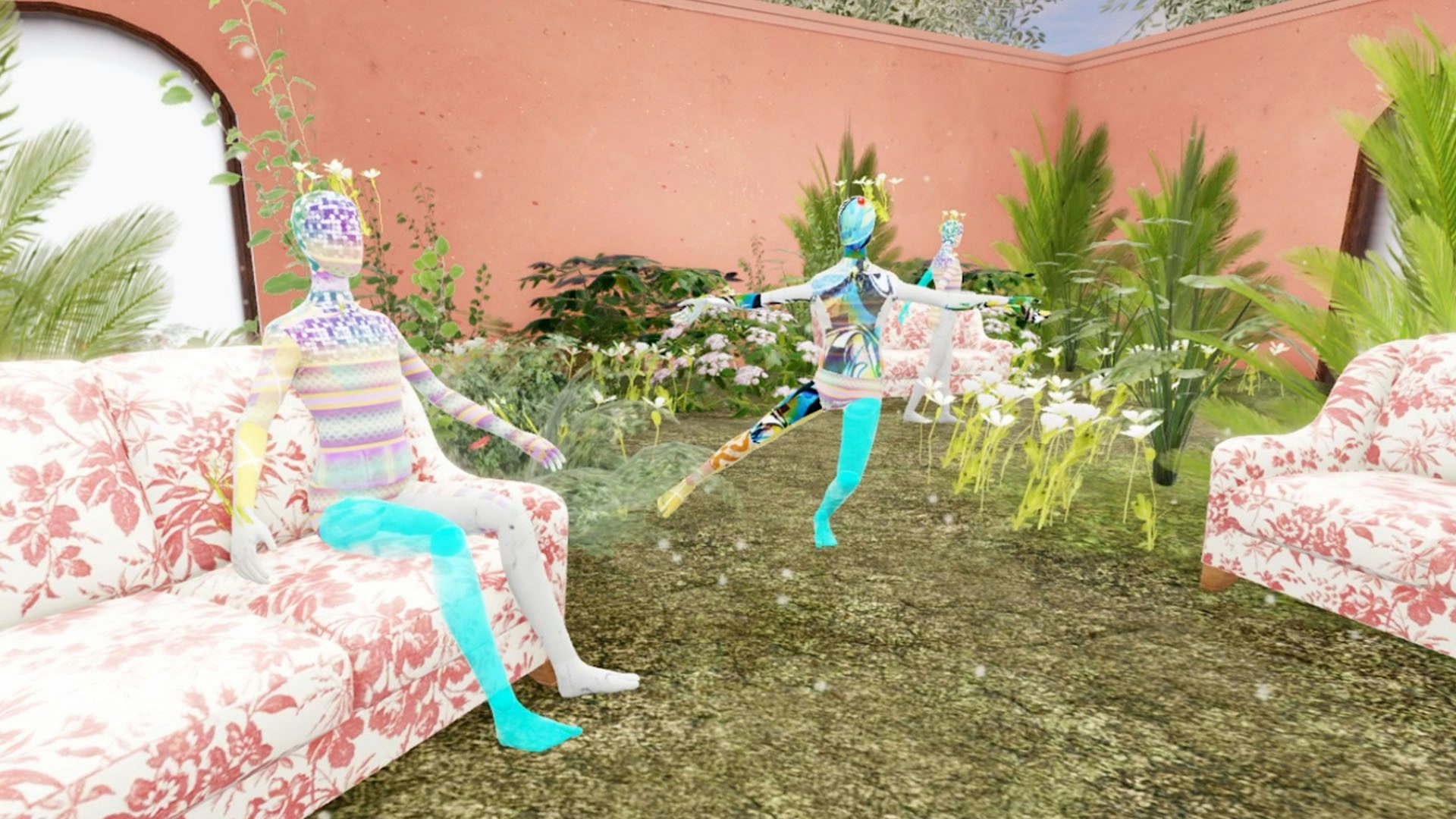
“Every generation games more than the last,” EpyllionCo CEO Matthew Ball tweeted in July 2021. “Everyone born today is a gamer.” As technology advances, it is ushering in a new reality, where every touchpoint can be gamified – otherwise known as the metaverse.
Emma Chiu is global director, Wunderman Thompson Intelligence; wundermanthompson.com
